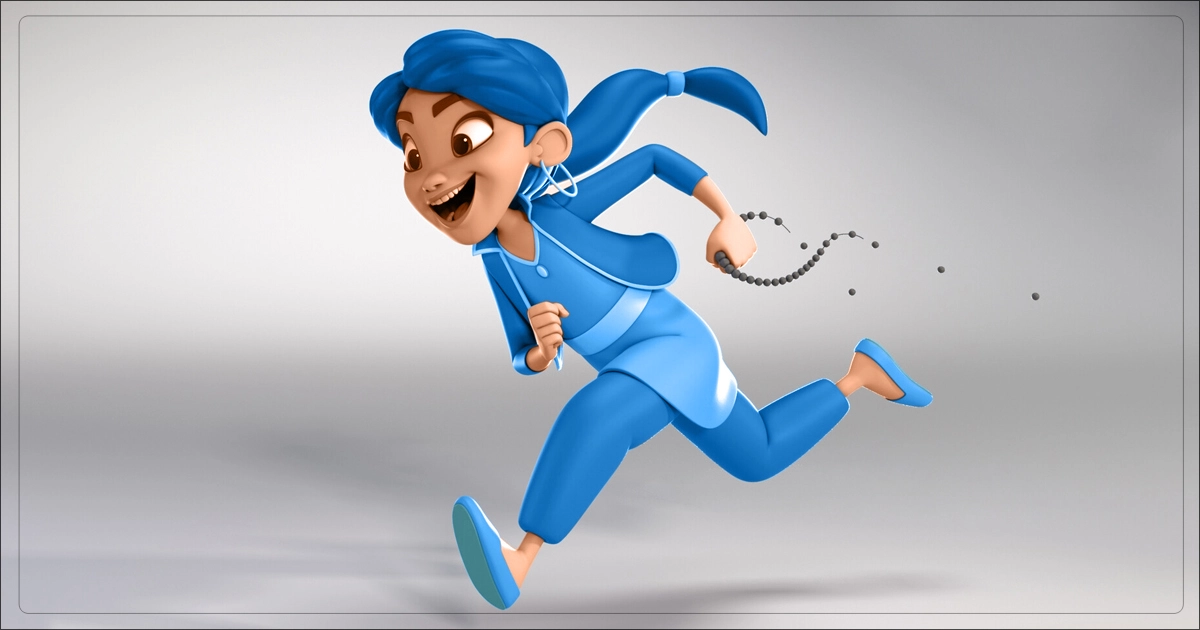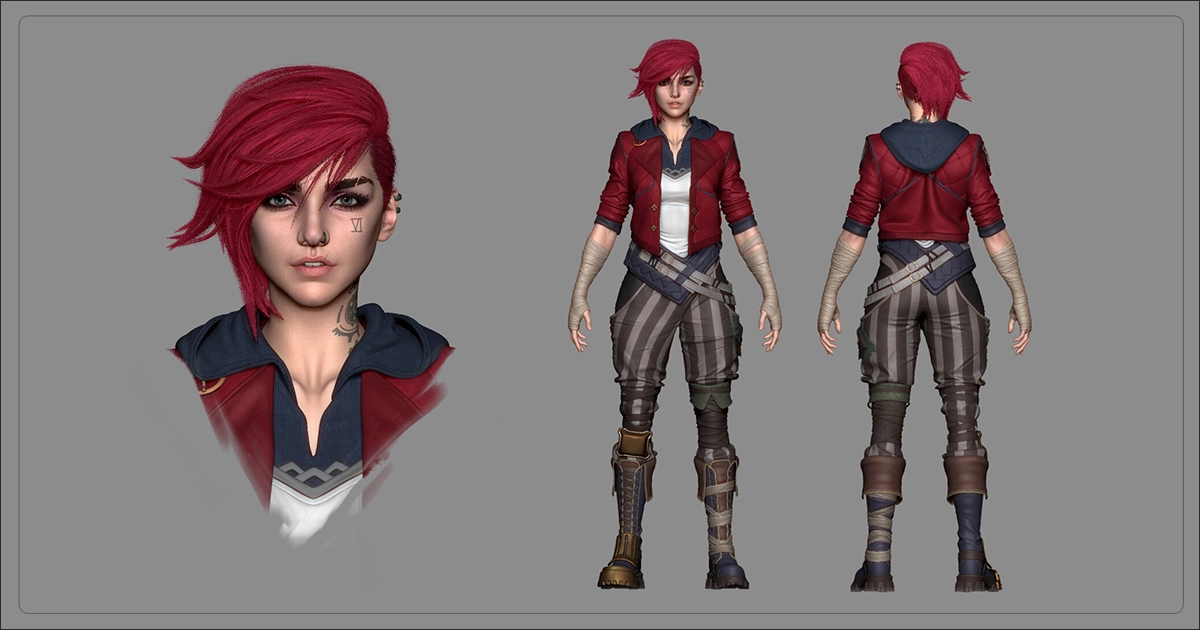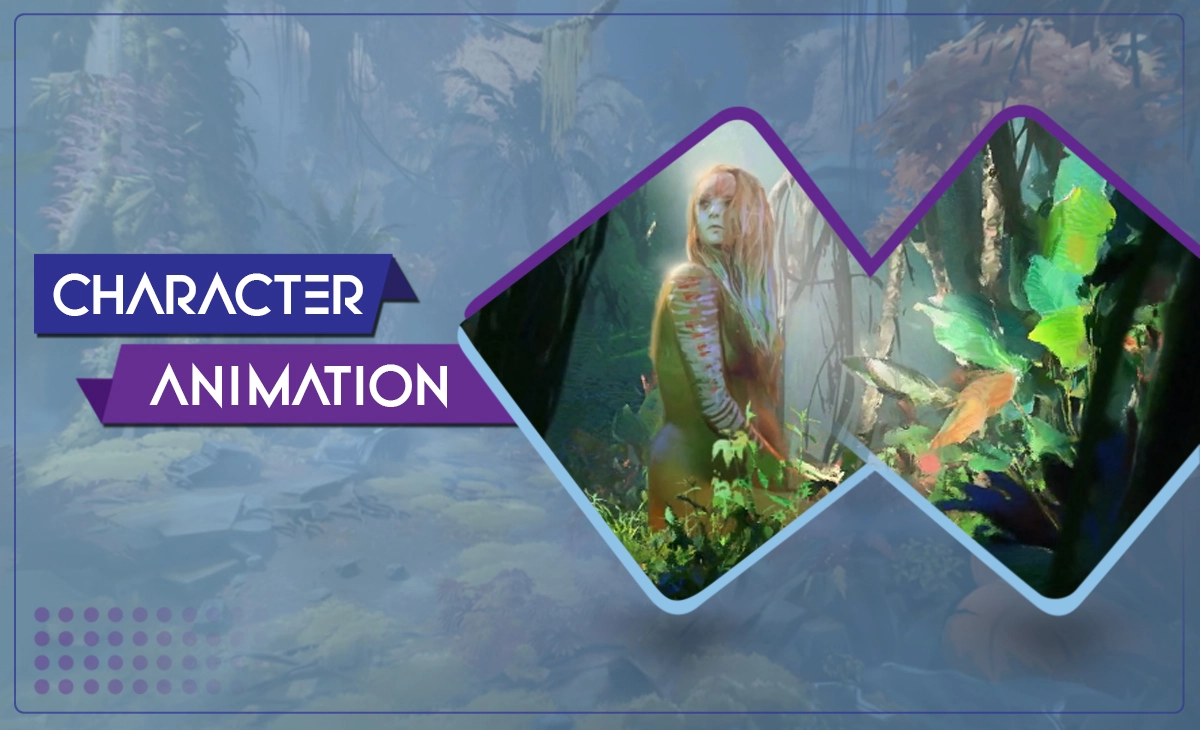Overview Of Character Animation
Animation means a couple of images that go fast individually one by one on screen and it creates an illusion of motion that feels like a real-life scenario. There are several ways to create individual images such as hand drawings, and photographs of objects.
What is character animation?
Character animation means creating a lifelike character in a digital or traditional medium used in many sectors such as movies, television shows, video games, and advertisements. This is one of the vital forms of animation, adding facial expressions and movement to bring the character to life. The purpose of creating every character is different.
Animators always try to achieve the objective of making animation. That’s why they make trademarks of every character by using special expressions, voice, movement, etc. They add emotions, personality, and storytelling to portray characters realistically. For making a unique realistic and iconic character animation you need a blend of artistry, technology, and storytelling that requires an understanding of anatomy, physics, acting, and timing.
Skills required to become a character animator
Becoming a character animator requires a combination of technical skills and artistic abilities. Here are some key skills needed:
Animation Guides:
Understanding the guides of animation such as timing, spacing, sketch is essential for creating believable and dynamic character movements.
Drawing and Design:
Strong drawing skills, including knowledge of anatomy, proportion, and perspective, are valuable for sketching characters and creating character designs.
Software Mastery:
Mastery of animation software such as Autodesk Maya, Blender, or Adobe Animate is crucial for creating and manipulating character rigs, keyframes, and animation sequences.
Rigging:
Understanding character rigging, which involves creating digital skeletons and controls for characters, is important for providing structure and control for character movement.
Acting and Performance:
Understanding acting principles and being able to convey emotions and personality through character movement is essential for creating compelling performances.
Storytelling:
A strong understanding of storytelling techniques helps animators convey character motivations and advance the narrative through their animations.
Collaboration:
Character animators often work as part of a team, so good communication and collaboration skills are important for working effectively with directors, fellow animators, and other team members.
Continuous Learning:
The animation industry is constantly evolving, so character animators need to stay updated on new techniques, software updates, and industry trends through continuous learning and professional development.
By developing these skills and gaining experience through practice and study, aspiring character animators can work towards creating engaging and lifelike animated characters.

Character animation
Types of Character Animation
There are several types of character animation including Traditional animation, 2D Animation, 3D Animation, Stop Motion Animation, and Motion graphics.
Traditional animation:
Traditional animation is also called hand-drawn animation. This means every character frame by frame is carefully hand-drawn on paper and then sequenced together. Luckily updated tools and software ease this process now.
2D Animation:
2D animation was heavily used in the early stage of the industry. This technique is also called the frame-by-frame technique. As a versatile format it can be used in many ways. It is also time consuming than other methods. In the past artists made two-dimensional flat characters on paper using multiple frames.
3D animation:
3D animation means creating an animated character in three-dimensional space. Character animation contains several stages, including modeling (creating the character), layout (animating its movement), and rendering (producing the final image).
Stop-Motion Animation:
Stop-motion animation is a technique where physical objects or puppets are manipulated frame by frame to create movement. This method involves capturing a series of individual frames, each with slight adjustments to the objects or puppets, and then playing them back in sequence to create the illusion of motion.
Motion graphics:
Motion graphics animation characters are animated characters created using motion graphics techniques. These characters can range from simple geometric shapes and symbols to more complex designs resembling humans, animals, or fantasy creatures.
Motion graphics and animation characters are often used in various media such as commercials, explainer videos, educational content, and presentations to add visual interest, convey messages, and engage audiences. They can be animated to perform actions, express emotions, and interact with other elements within the animation.
How to make 3d animation characters?
5 steps can be followed to get perfect 3D animation characters. If you have skills and knowledge then you can make 3D animation characters by following these steps.

3D Character animation
3D character modeling:
First of all, artists make a form of model using topology. They want to give an accurate shape of the model and special features of the character by using 3d modeling.
Design texturing:
Once artists can five a form of a model character successfully then they use proper topology for skin, hair, clothes, and accessories, creating several layers of materials and turning them into high-quality textures.
Rigging and skinning:
Rigging and skinning form the foundation for character animation in 3D software. They allow animators to bring characters to life by controlling their movements and expressions in a digital environment.
Animation:
Animation allows storytellers, artists, and creators to bring characters, objects, and worlds to life, conveying emotions, narratives, and ideas in dynamic and engaging ways. This is the step that needs more time. After this process, we can see a proper character model on screen. Artists always try to make as natural as real the character.
Additional work:
After creating a model character artists should look after additional matter such as shadow, color grading, camera angle, and a perfect background for the character. When one artist completes the whole task following these steps, he will get a perfect 3d animation character.
Benefits of Character animation:
Engaging storytelling:
Animated characters can convey emotions, personalities, and narratives in a visually convincing way, capturing the audience’s attention and imagination.
Versatility:
Characters can be designed and animated to suit a wide range of styles, genres, and target audiences, making animation a flexible medium for storytelling and communication.
Branding and marketing:
Animated characters can serve as memorable mascots or brand ambassadors, helping to build brand recognition, establish a connection with audiences, and communicate key messages effectively.
Educational value:
It can make complex concepts and information more accessible and engaging, particularly in educational content for children or instructional videos.
Conclusion:
Character animation is a vibrant and adaptable medium that offers numerous benefits across various industries and applications. As technology continues to advance and creative boundaries are pushed, the potential for this to shape our experiences and perceptions of the world around us remains endless.

I am Aeysha Khanom Urmi, a 3D artist with almost 9+ years of experience in the 3D industry. I live in Dhaka, Bangladesh, and work with NBY IT in a full-scale 3D studio. In addition, We/NBY IT owns a big team working on several different creative 3D projects. Sharing in-depth knowledge about 3D is one of my favorite passions.
